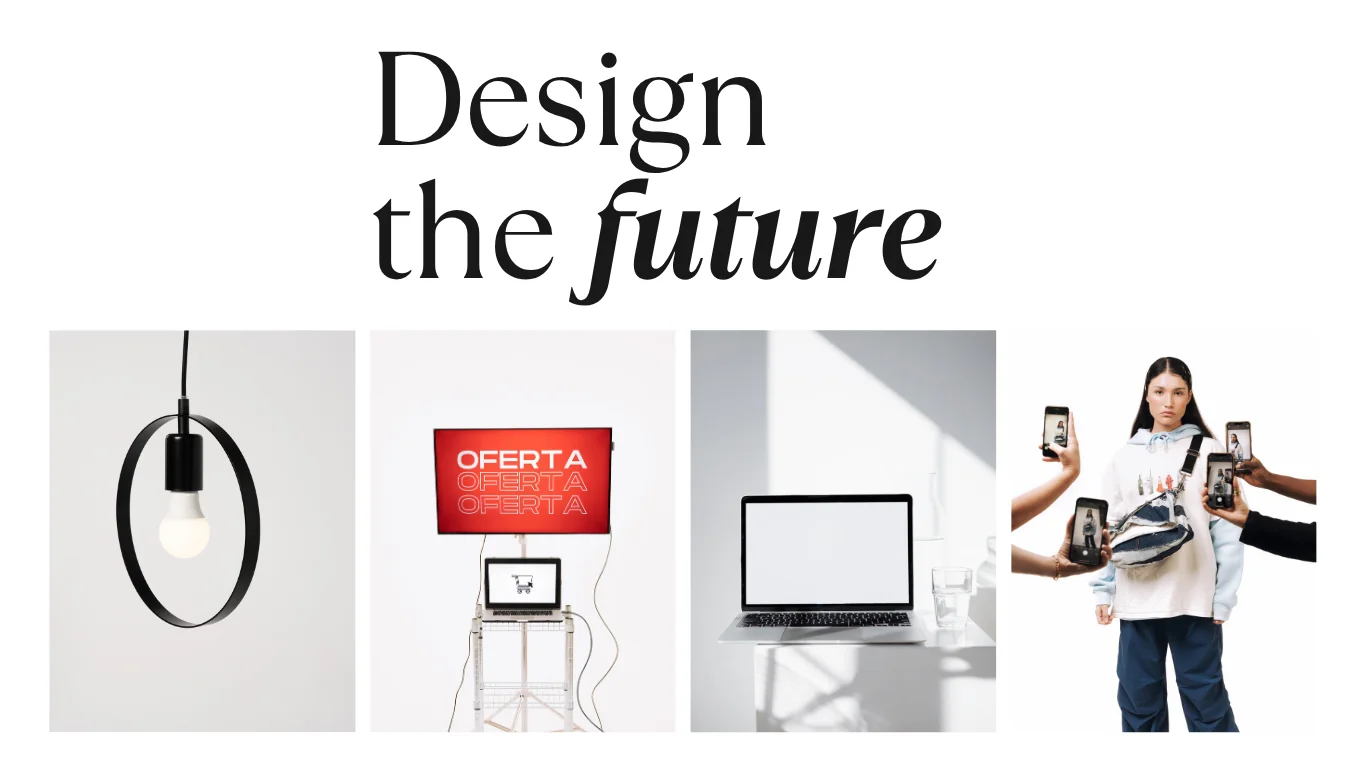
5 Powerful Core Principles of Design for Professional Visuals
The Core Principles of Design are the backbone of every great visual project. Good design is not just about colors or shapes; it’s about clarity, balance, and effective communication. Whether you’re designing a website, a logo, or a business card, understanding these 5 powerful core principles of designcontrast, hierarchy, alignment, proximity, and balance can help you transform ordinary work into stunning and professional visuals that truly stand out.
1. Contrast – The Power of Difference

Contrast is one of the most essential design principles because it makes elements stand out. By placing opposing features together, such as dark vs. light or bold vs. thin, you create visual interest and guide the viewer’s attention.
Ways to apply contrast:
- Colors: Light text on dark backgrounds, or complementary color schemes.
- Typography: Mixing bold headings with lighter body text.
- Shapes & Sizes: Large images paired with small icons.
💡 Example: A bright red “Buy Now” button against a white background instantly grabs attention.
👉 Without contrast, designs feel flat and uninteresting. With it, you add depth and focus—two things every design needs.
2. Hierarchy – Guiding the Eye
Hierarchy ensures that viewers know what to look at first. It organizes information by importance, which is a key principle of design for communication.
How to create hierarchy:
- Font size & weight: Headings > Subheadings > Body text.
- Placement: Positioning the most important message at the top.
- Color & Emphasis: Using bold or vibrant colors for calls-to-action.
💡 Example: On a landing page, the headline is the largest text, followed by smaller supporting details, and finally a call-to-action button.
👉 Without hierarchy, your message gets lost. With it, you tell a story step by step.
3. Alignment – Bringing Order
Alignment keeps your design clean and professional. It ensures that every element has a connection, even if the lines aren’t visible.
Tips for strong alignment:
- Stick to a grid system.
- Keep margins and spacing consistent.
- Choose left, right, or center alignment and apply it consistently.
💡 Example: A well-aligned text column instantly feels more professional than one with random spacing.
👉 Alignment adds harmony and flow, turning a cluttered layout into a polished one.
4. Proximity – Grouping with Purpose
Proximity is about placing related items close together. This principle reduces visual noise and helps users process information faster.
Best practices:
- Group similar elements (e.g., name + contact details).
- Use white space to separate unrelated items.
- Avoid scattering related content across the page.
💡 Example: A business card looks clean when the name, role, and contact details are grouped, rather than spread out randomly.
👉 Proximity makes your design organized and easy to navigate.
5. Balance – Stability in Design
Balance gives your design a sense of stability and completeness. It can be symmetrical, asymmetrical, or radial.
Types of balance:
- Symmetrical: Equal weight on both sides (formal look).
- Asymmetrical: Different elements balanced by visual weight (modern, dynamic).
- Radial: Elements arranged around a central point.
💡 Example: A webpage with an image on the left and text on the right feels balanced when both sides share equal visual weight.
👉 Balance ensures your design feels stable and visually pleasing.

Why These Core Principles of Design Matter
When you apply the Core Principles of Design, your work becomes more than just attractive—it becomes effective communication. From branding to UI/UX to print design, these rules ensure your visuals are professional, impactful, and user-friendly.
The Core Principles of Design are truly the backbone of every great visual project. Good design goes far beyond colors or shapes—it’s about achieving clarity, balance, and effective communication. Whether you’re creating a website, a logo, or even a simple business card, applying these 5 powerful core principles of design—contrast, hierarchy, alignment, proximity, and balance— will help you turn ordinary work into stunning, professional visuals that leave a lasting impression.
Conclusion
The 5 Core Principles of Design contrast, hierarchy, alignment, proximity, and balance—are the foundation of all great visuals. Mastering them will give your projects clarity, beauty, and purpose. Whether you’re a beginner or an experienced designer, practicing these essential design principles will elevate your creativity and help you produce stunning professional visuals that captivate and inspire.
FAQs
Q1: What are the 5 Core Principles of Design?
The five are contrast, hierarchy, alignment, proximity, and balance.
Q2: Why are design principles important?
They bring clarity, improve readability, and make designs more professional.
Q3: Which principle is most important?
Hierarchy is often most critical, as it guides the viewer’s eye.
Q4: Do these principles apply to all design fields?
Yes, from graphic design to web design, branding, and even photography.
Q5: How can beginners apply these principles?
Start small—practice alignment and contrast, then move to hierarchy and balance.



